Dicky’s Tarpon Silencer
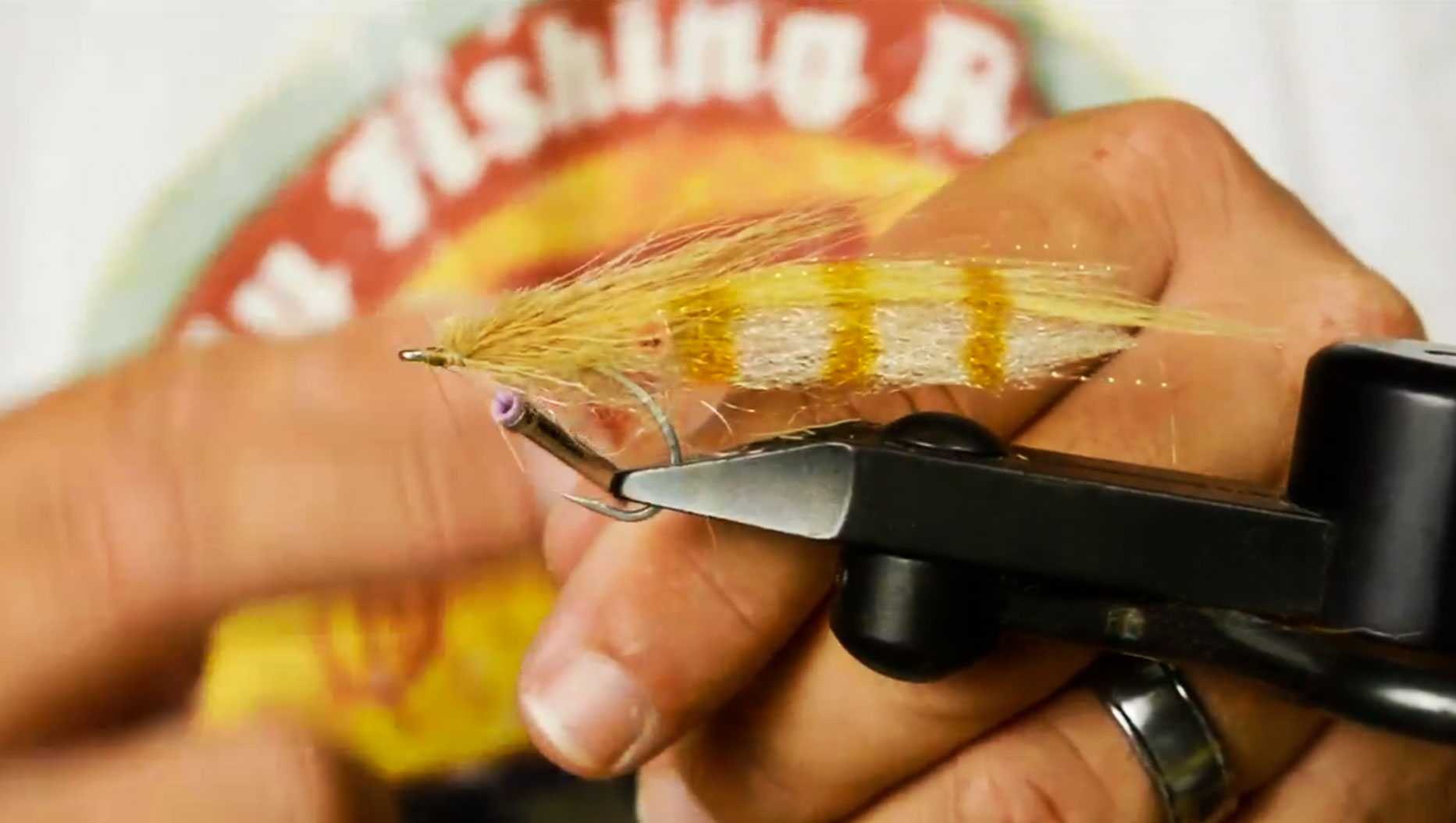
WHO’S AFRAID OF THE BIG BAD FLY?
On dead calm days in the Florida Keys the silver king can be afraid of his on shadow. I’ve seen plenty of big tarpon vanish at the sound of the fly landing on the water. As a flats guide, so has Joel Dickey. That’s why he came up with this fly that the calls the Tarpon Silencer. The Silencer lands so softly that even the most skittish tarpon keep their cool and it’s shrimpy profile is irresistible.
If you’re planning a trip to the Keys, or any tarpon fishing destination, this is a fly you want in your box.
Watch the video and learn to tie Dicky’s Tarpon Silencer.
Read More »Don’t Let Go of the Fly Line in Your Rod Hand During the Hook Set
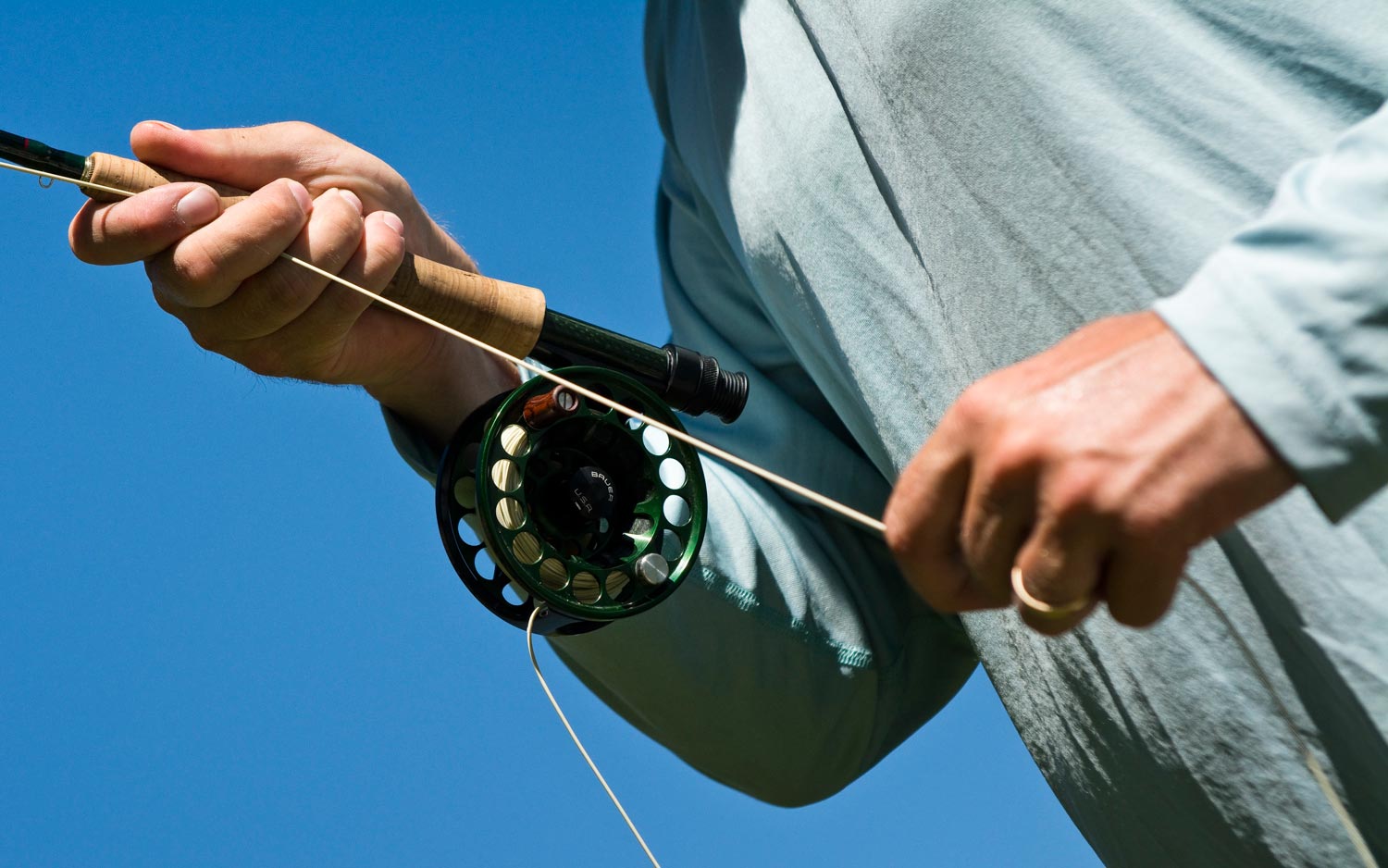
Have you ever set the hook on a fish, and the next thing you know, you’ve got your arms spread apart in the shape of a giant slice of pizza, leaving you unable to reach the fly line with your rod hand?
Do not be ashamed if this happens to you every now and then on the water. You’re not alone, I promise. Many fly anglers do this regularly, and the reason they get themselves in this situation is because they’re letting go of the fly line in their rod hand when they set the hook. You can completely eliminate this problem on the water if you make sure you keep a solid grip on the fly line with your rod hand during and after every hook set. Doing so, it will allow you to maintain tension and control of the fish while you’re stripping in fly line or getting that excess fly line on the reel.
I know some of you that have found yourself in this situation have probably used your mouth to hold onto the fly line until you can get your hands back into the correct position. God, I know I have plenty of times.
Read More »Fly Casting Tip – Rely On Muscle Memory for Difficult Casts
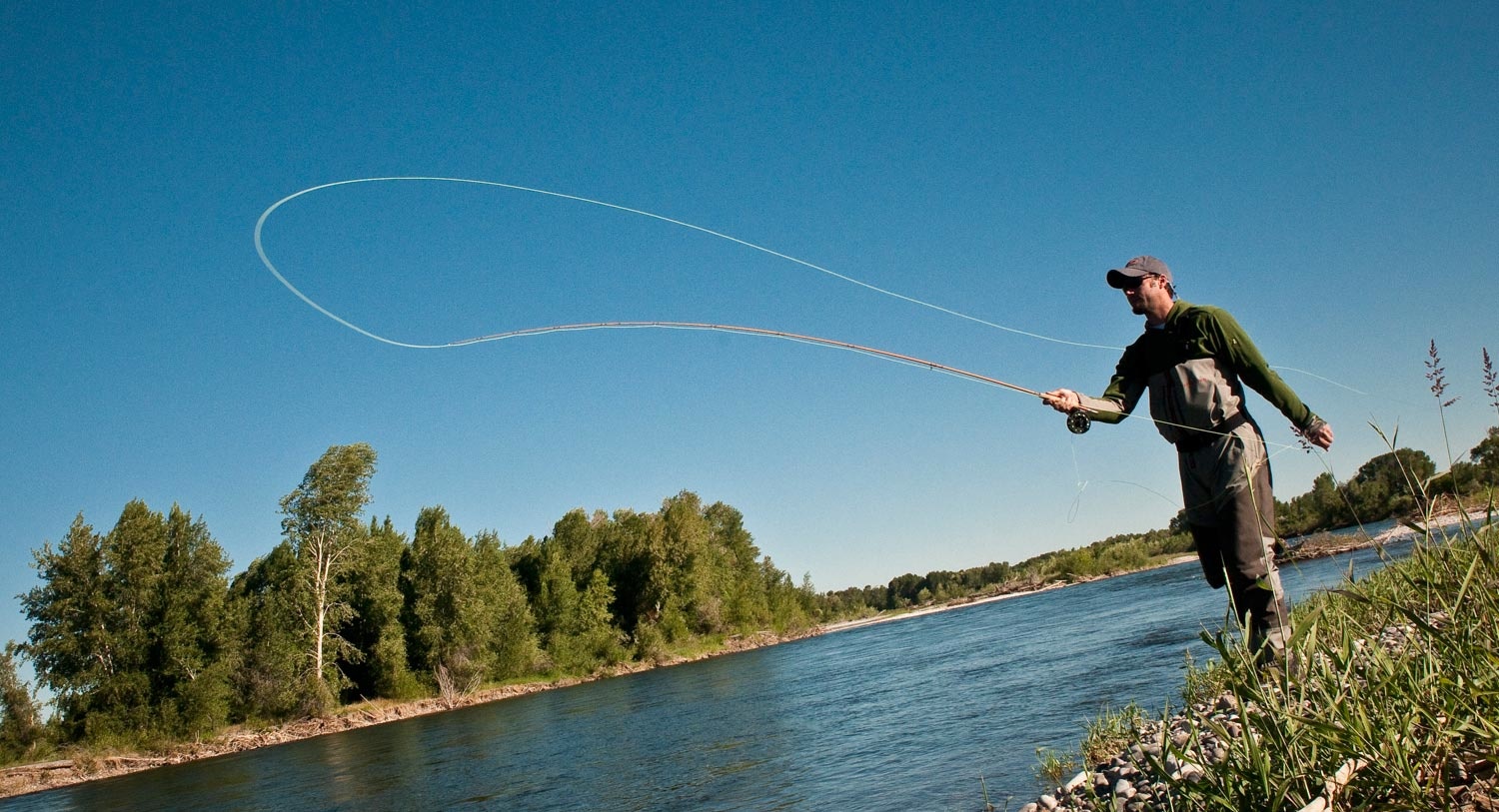
Visiting Yahoo today to check my emails, one of the headline articles titled “Why We Choke When All Is on the Line” caught my attention.
As I read the article, it reminded me of a lesson I learned a long time ago as a guide, which was, most of the time my clients cast better in tough or high pressure situations when they’re relaxed, confident and keep their head (brain) out of the game. It’s really easy to think that the more difficult a fly fishing presentation is, the more we should be trying to focus and think about every detail of our cast during the execution. According to many neuroscientists and psychologists who’ve studied why professional athletes choke under pressure, most agree that thinking too much during a task, no matter how routine it may be, can actually decrease your chances for succeeding in high pressure situations.
Read More »Fight The Good Fight, in Saltwater or Fresh

MY FRIEND KIRK DEETER SAYS FRESHWATER AND SALTWATER FLY FISHING ARE, “TWO ENTIRELY DIFFERENT SPORTS PLAYED WITH THE SAME EQUIPMENT.”
In essence that is true and Kirk’s point is doubly true. Anyone who’s tried both can attest to that, but some of that equipment looks more similar than it is.
Reels, lines, leaders, hooks, tying materials are all different but there is likely no piece of equipment more different than the rod. There are a lot of differences between freshwater and saltwater rods and in several ways their use is quite different. This became readily apparent while giving a good friend, who guides for trout, a quick lesson before is first bonefish trip. He’s a great fisherman and caster but I could see from the look on his face that the eight weight I was lending him was strikingly unfamiliar.
We’ve talked a good bit about saltwater casting, the double haul and line speed but for those who are making the switch from trout to saltwater fly fishing, I’d like to offer some pointers on the techniques that I feel are the least intuitive. The fighting of fish.
When it comes to the fight, the trout rod and the saltwater rod are truly two different tools and they require different techniques. The divergence of those techniques starts with a fundamental element, the fish. It is the difference in the fish that dictates both the design of the rod and the tactics employed in its use.
Read More »Winter Steelhead on the Fly: Video
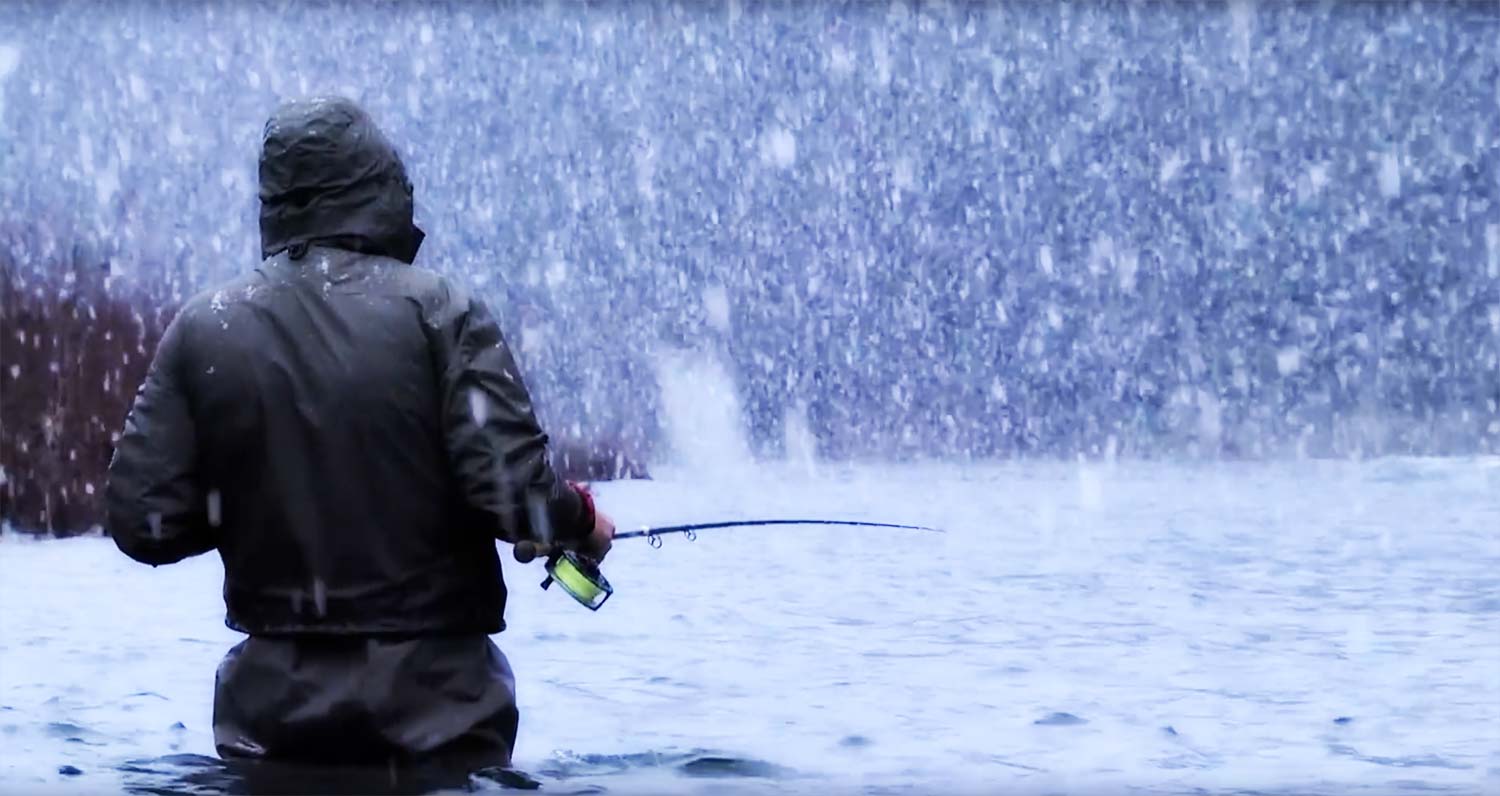
Winter is here and, for those willing to brave the elements that means big winter steelhead.
Unfortunately, there will be no steelhead for me this winter. That doesn’t mean they aren’t on my mind and if I can’t get after them myself, I can at least watch my buddies do it. This great video by Todd Moen from 2014 features my buddy Jeff Hickman and is one of my favorites.
ENJOY, “WINTER RUN, PACIFIC NORTHWEST WINTER STEELHEAD FLY FISHING”
Read More »Rev Up Your Double Haul During Practice!
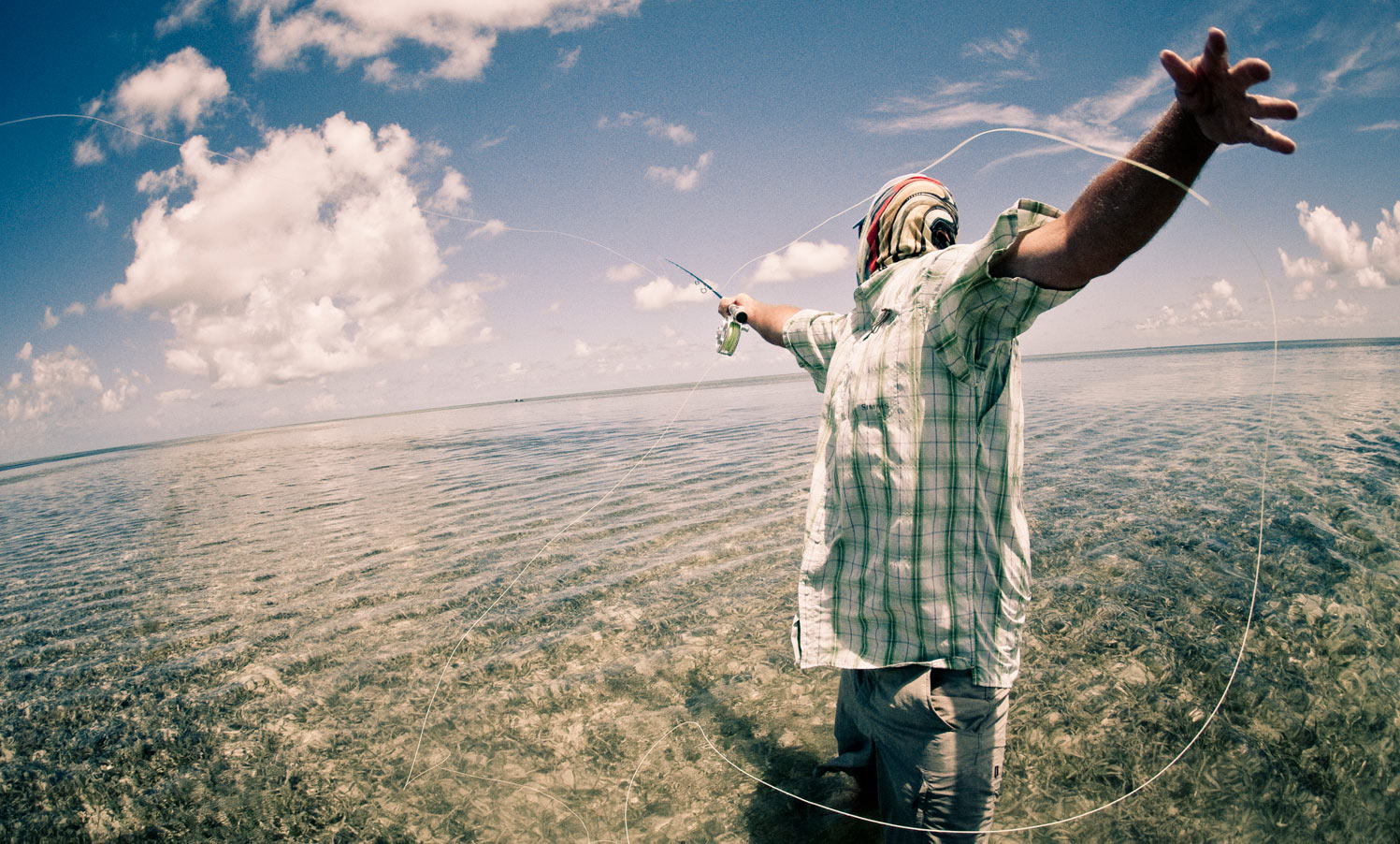
By Justin Pickett
Practice your casting. Practice your casting. Practice your casting!
That’s what any good flats guide will tell you prior to stepping foot on the bow of his or her boat. And if you’re smart, you will do just that. After all, you didn’t spend good money to spend all day coming up short, or dropping your fly too close and blowing every shot you may have during the trip, and you don’t want your guide cursing under their breath all day either.
One of the things that I have clients focus on when they ask for casting tips is their double haul. So often I see fly anglers with weak double hauls, or double hauls that aren’t proportionate to the distance they are trying to achieve. Whether it’s a flat calm day, or the wind is howling, you need to have an appropriate double haul for the job. This brings us back to practicing.
One thing that I have noticed during casting instruction and fishing is that the double haul is never as pronounced during fishing as it is during practice. I’ve noticed this while guiding clients, as well as in my own casting while I’m out on the water. This can be the result of many things, such as distractions keeping your focus off your cast or fatigue, which can cause poor casts, coming up short, or failure to penetrate into the wind.
One way to combat this from happening, or from being so profound, is to exaggerate your double haul when you’re practicing.
We are able to repeat the fly cast
10 Inexpensive Fly Fishing Life Hacks From The Home Depot
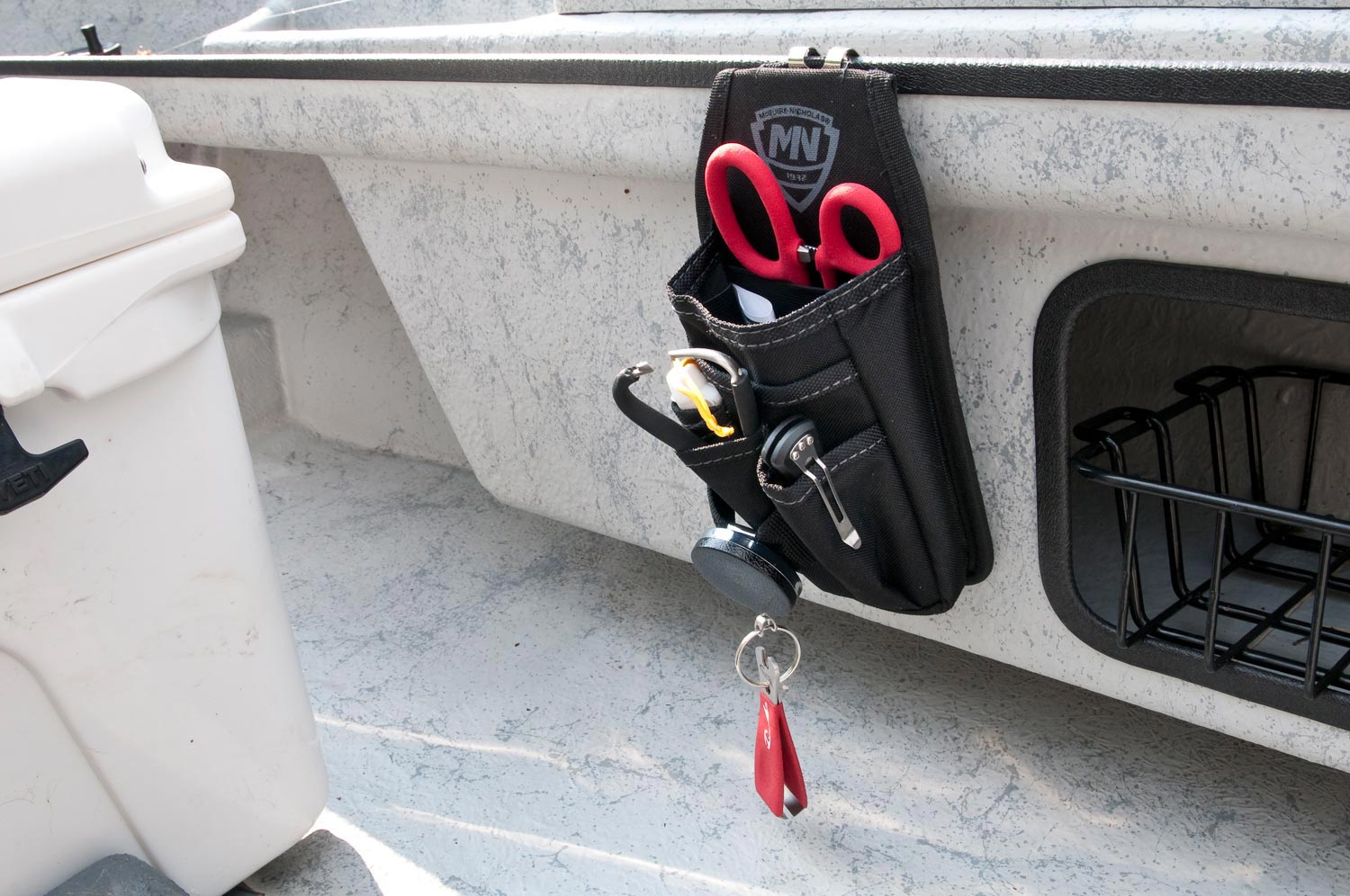
By Louis Cahill
EVERYONE WANTS THEIR LIFE TO BE EASIER AND EVERYONE LIKES TO SAVE MONEY.
Here are 10 handy and inexpensive items you can repurpose to accomplish both. You can pick all of them up at the local Home Depot or order them online. I’ll supply links to each. Some of them are so obvious you’re probably using them already, but I guarantee there’s at least one thing on the list that you haven’t thought of and will love.
TOOL HOLSTER $10
This tool holster by McGuire Nicholas is made for a tool belt but is right at home when clipped to the edge of a drift boat or boat bag. It holds all of your frequently used fishing tools and supplies and can be easily moved around the boat so your stuff is always handy. There are endless variations so it will be easy to find one to hold whatever you need. I outfitted mine with a superintendent’s keychain for my nippers.
ANCHOR KEEPER $3
This oversized carabiner is made by Husky for drop chords. It’s the easiest way I’ve found to handle a boat anchor. You can clip it into the anchor ring and carry it easily by the padded rubber handle. The real benefit cones when you get to the car. If you drive an SUV like I do, having an anchor in the truck is a real hazard. If you crash, that hunk of metal is coming up to the front seat in a hurry. Use the Husky carabiner to secure it to a seat belt or tie down and you’re rolling safe.
EASY DRY ZIP POCKET ORGANIZERS $7
These handy zippered pouches from Husky can be used to keep up with anything. I really like them for Spey heads. The mesh panels allow the contents to dry quickly and you can see what’s inside without opening the zipper. A tab with a grommet allows them to be stacked on a carabiner.
FLY TYING TRAVEL BAG $38
This canvas tool bag, made by Husky, is great for taking your tying kit on road trips. It will hold a ton of feathers and fur as well as your hooks, tools and leader material. It has handy pockets for special items like the Clear Cure UV flashlight.
GOPRO BOOM $19
This five foot painters pole, made by Shur-Line is the bomb for shooting fishing photos and video with the GoPro. It collapses to about two feet and extends effortlessly. Submerging it in water doesn’t hurt it so go for the underwater shot or the overhead. A GoPro mount is easy to attach via a 1/4-20 bolt.
Read More »DIY Fly Line Loop with Step-by-Step Instructions
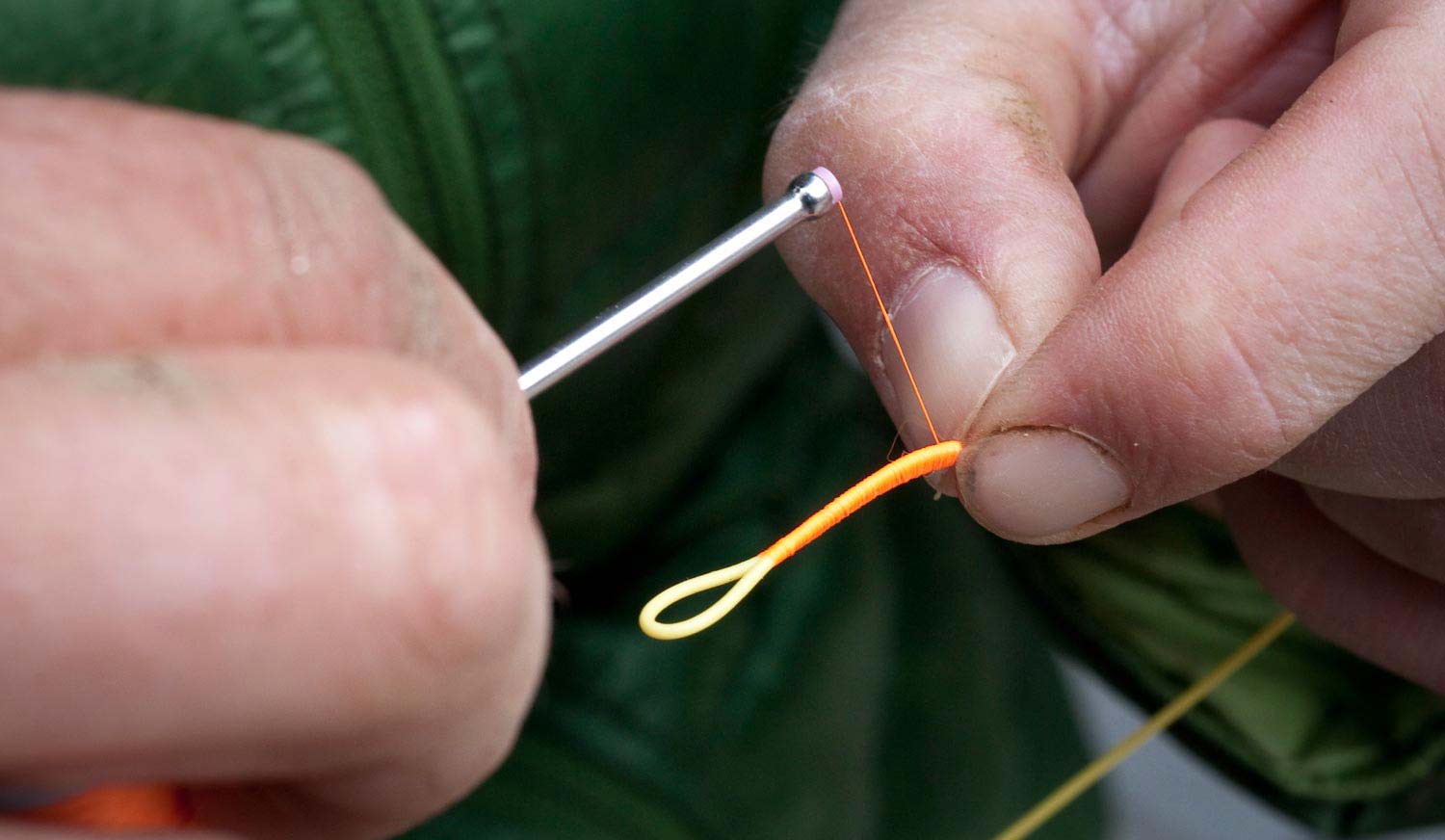
Most fly lines these days already come with welded loops at the ends for the easy attachment of backing and leaders. If you fish as much as I do though, eventually they get worn out and need to be replaced. Most anglers just use a standard albright knot or nail knot to fix this. It works perfectly fine, but I prefer instead to tie my own fly line loops with a fly tying bobbin and thread. Done correctly, it will provide a stronger connection to your leader than the manufacturers welded loops or knots you tie (this is important when fly fishing for big game species). The bright thread that you tie the loop with also works really well as a spotter. It comes in real handy when you’re fly fishing and you have conditions where it’s hard to keep track of your fly in the water. That bright spot on the end of your fly line provides a quick reference that your fly is a leaders length away. Below are step-by-step instructions for tying your own fly line loops.
Read More »Add Some Fish Appeal To Those Old Flies!
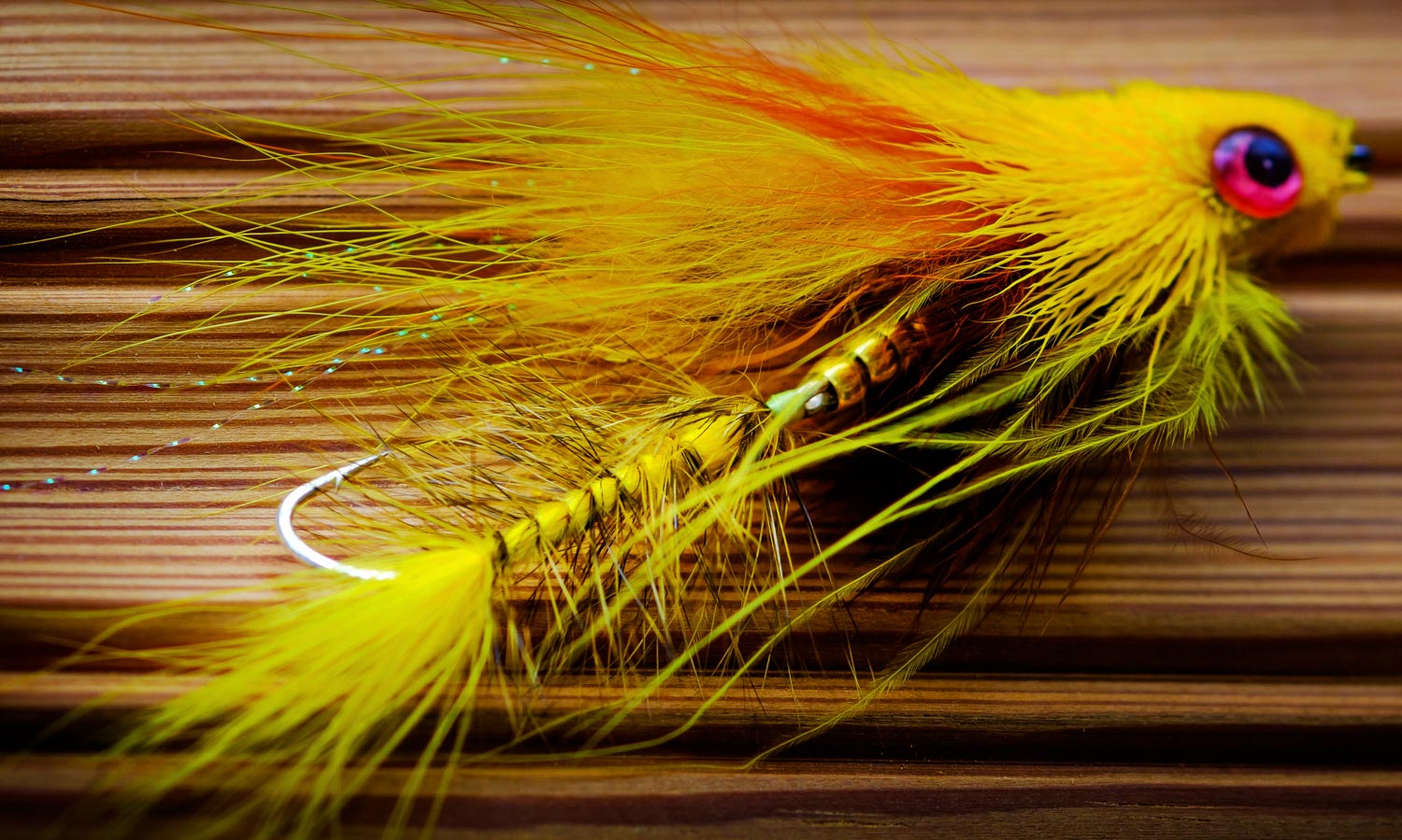
By Justin Pickett
We all have one…..The box full of rejects, misfits, oddballs, freaks…. deplorables.
These are the flies that have been bought by you. Given to you. Found by you. Or, likely, tied by your own hands… possibly in a bourbon-fueled rage the night before a trip while listening to some OCMS. Or maybe that’s just me… As I scanned through one of these very fly boxes one day, I wondered if there were any flies that might be salvaged, and, if there were, how might they be resurrected? I was looking at dozens upon dozens of flies that weren’t being used. Hooks that were being wasted. Some of them were surely defunct and irredeemable, but I knew I could modify many of them enough to make them fly patch worthy. And, as it turns out, there are several ways to turn an old, dull looking pattern into something new-ish, and might even put some fish in your net!
“Pop” Your Collar – This is a simple modification you can make to most nymphs (beaded or non-beaded), and even some dry flies. For collars, you can add some pizazz by simply tying in a “hot” collar with some fluorescent orange, pink, or red thread. You can add dubbing in a contrasting color, or maybe some CDC or partridge feather to add some movement. The same can be done to small streamers as well. I’ll often tie in a hot spot on the nose of my clousers and woolly buggers, especially when I know I’ll be fishing off-colored water. The same applies to the thorax. Switch up the dubbing. Hackle some feathers. Experiment! Just make sure to keep the correct profile and proportions as you add material. You’ll likely need to remove the existing material to be sure things don’t get too portly. I can’t tell you how many flies I’ve done this to, and it can really make a big difference in the appearance of a fly.
Show Some Leg – Another thing that I’ll do to a “boring” fly is add some legs. This is another quick and easy way to add some attention getting features to an otherwise uninteresting fly. On beaded nymphs, I’ll tie in the legs just behind the bead and add a small pinch of dubbing to help keep the legs separated. I tie legs into dries quite a bit as well. Mostly on terrestrial-type flies, and typically only because the original legs were chewed off by ravenous trout. This gives you a plethora of color and material options while providing some wiggly deliciousness.
Light It Up –
Steelhead Flies, Half As Much
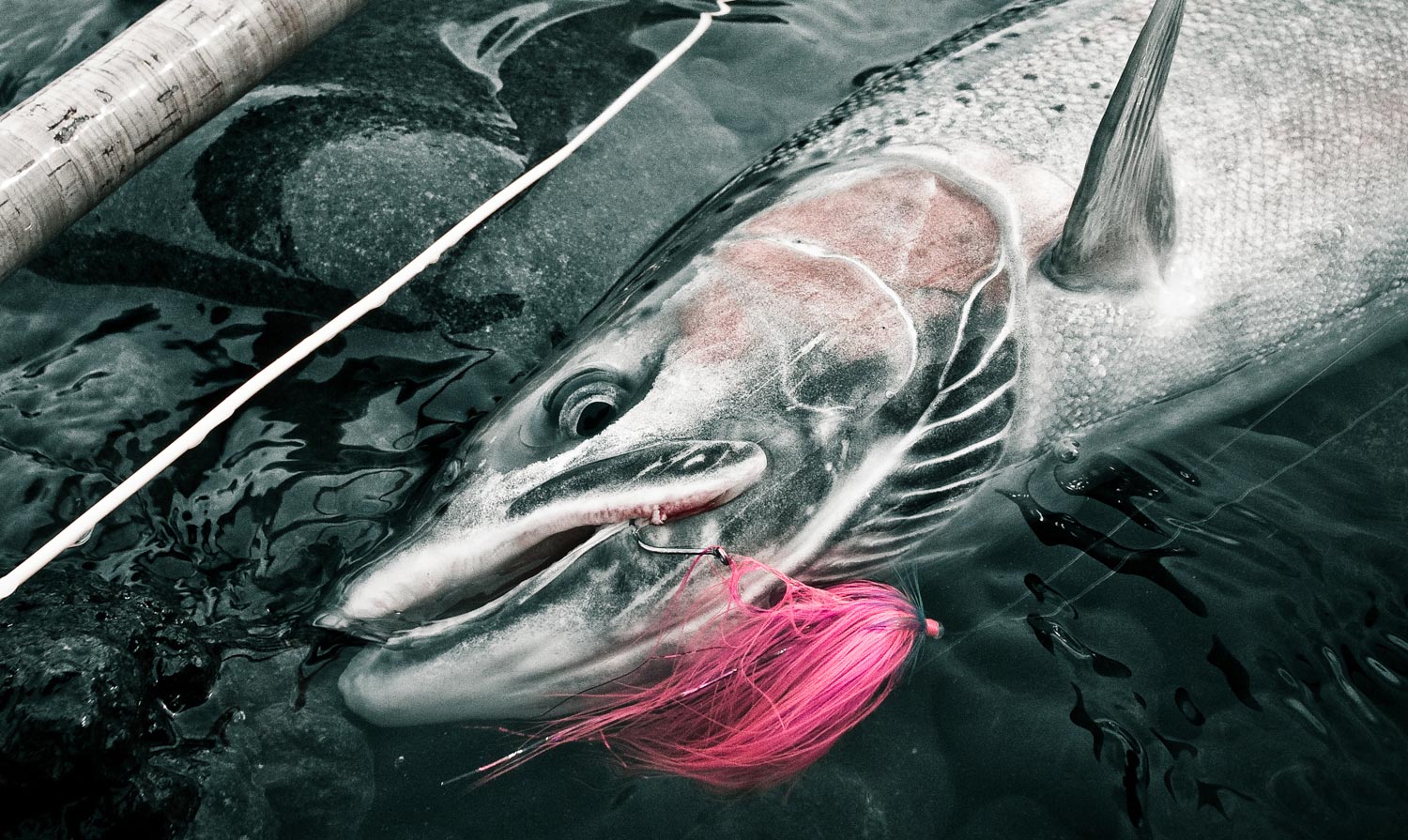
By Louis Cahill
WHEN THE RAIN WON’T STOP, THE LIGHT IS FAILING AND THE RIVER SWELLING, STEEL HEADERS DRINK WHISKY AND STARE DARKLY INTO THEIR FLY BOXES.
Maybe that’s a bit dramatic, but we all do it. I spent an evening like this with a group of friends recently. One of the guys had just started tying his own steelhead flies and they were pretty nice. Beautifully tapered, undulating forms with ostrich hurl and marabou and jungle cock eyes. They looked pretty deadly.
He would sort carefully through the box, selecting the perfect specimen, and passing it to Barrett, our guide. Barrett would give each fly a brief glance and toss it carelessly back across the table.
“Half as much,” he’d say and go back to his drink.
“They’re great flies,” he went on, “and they’ll catch fish, just not as many fish.” The reason is pretty simple. Bulky flies with lots of materials look great, but they don’t sink as quickly or as deep as sparse flies do. That’s one of the reasons simple flies often catch the most fish.
This is never more true than when swinging flies for steelhead. A fly with just enough material to create a
Read More »